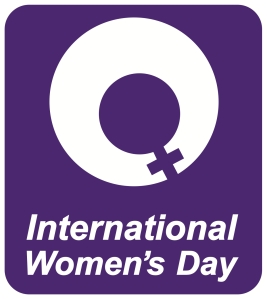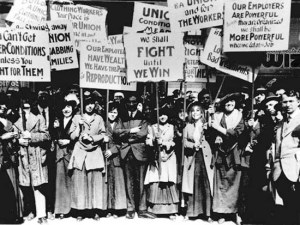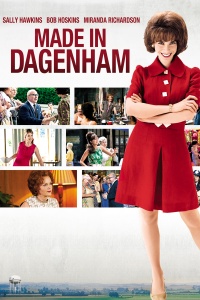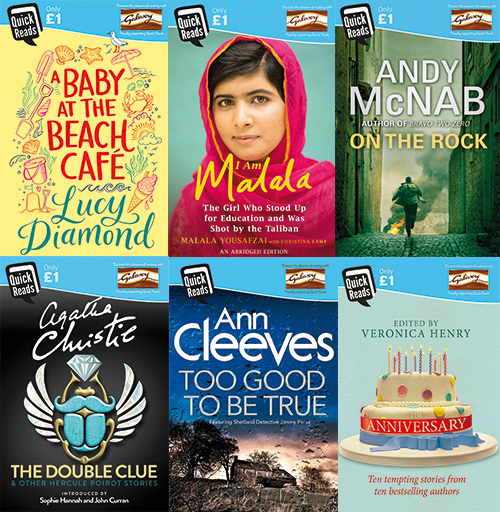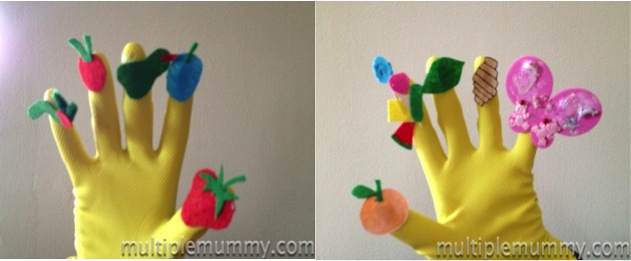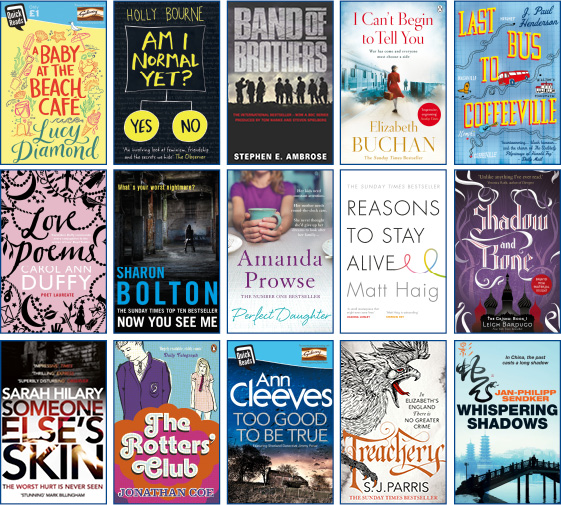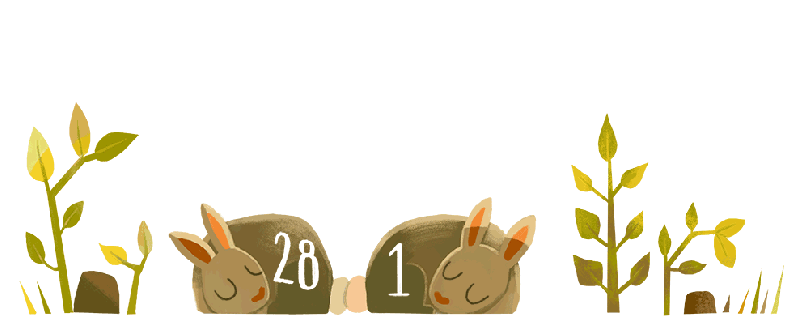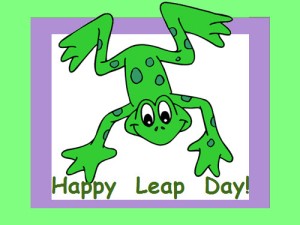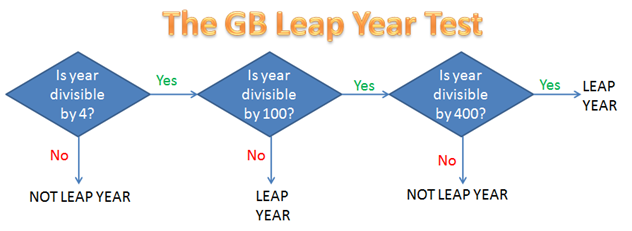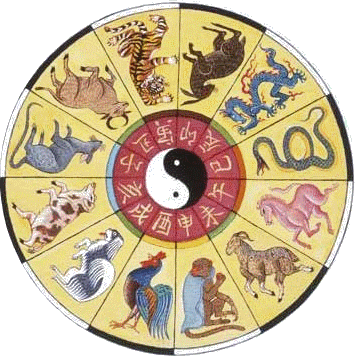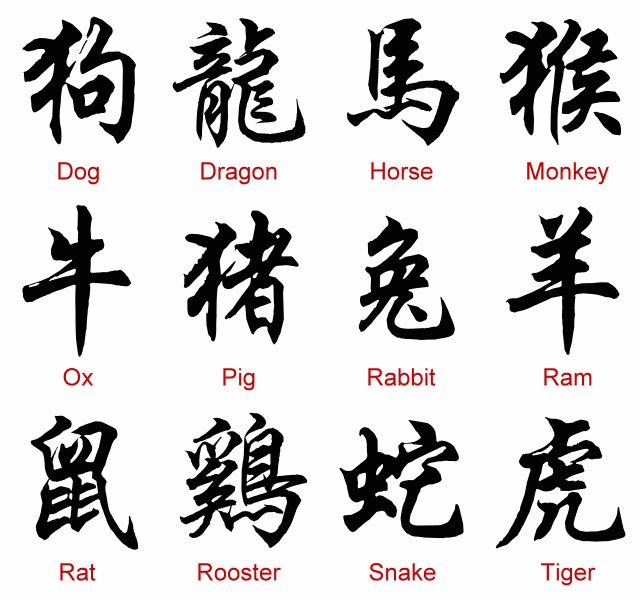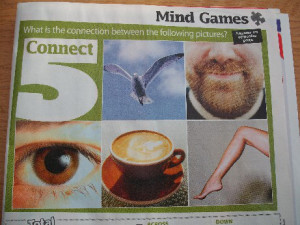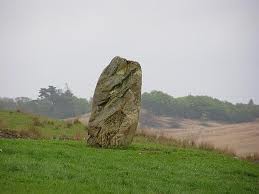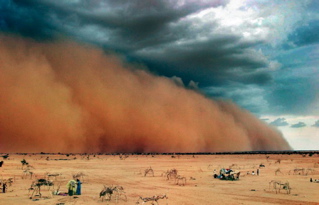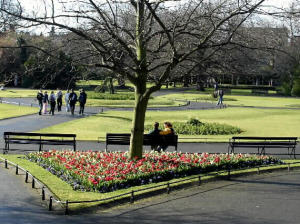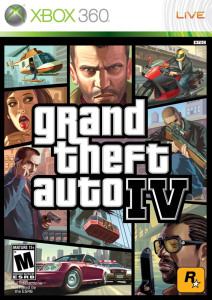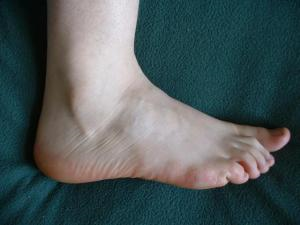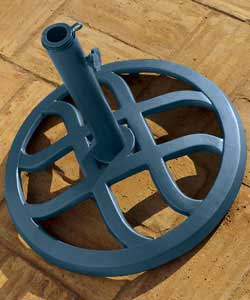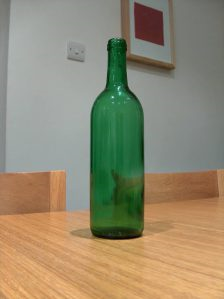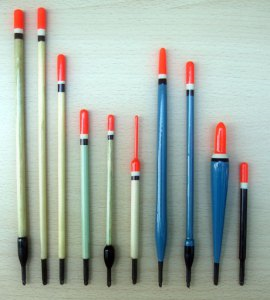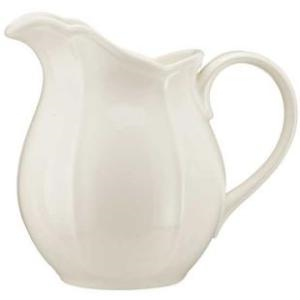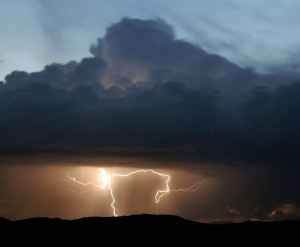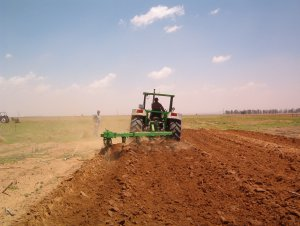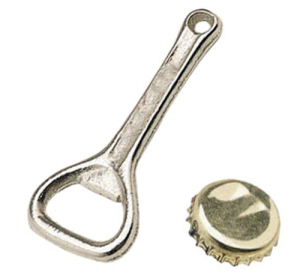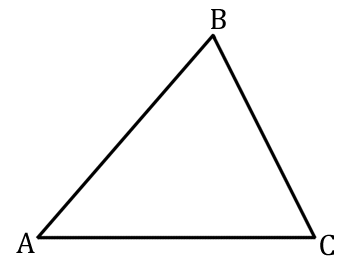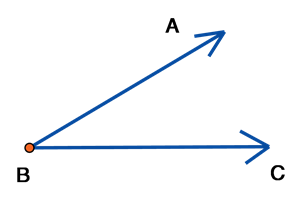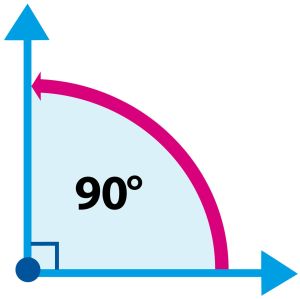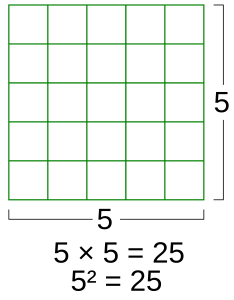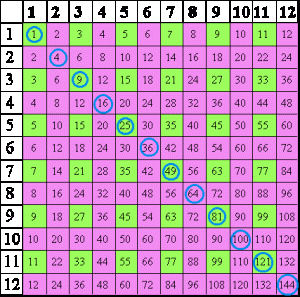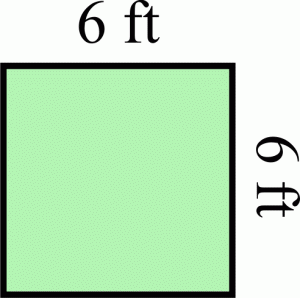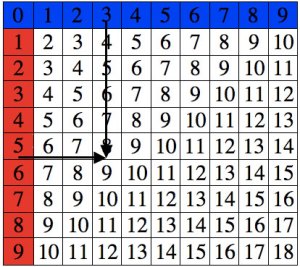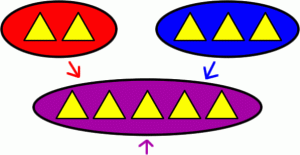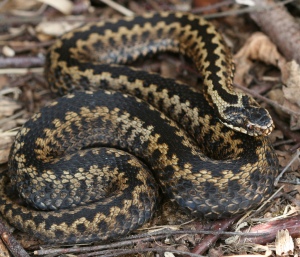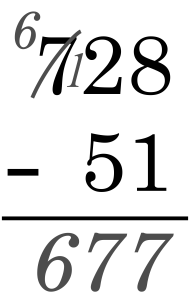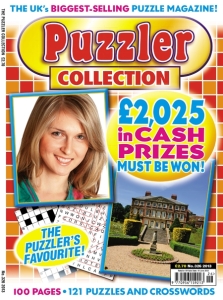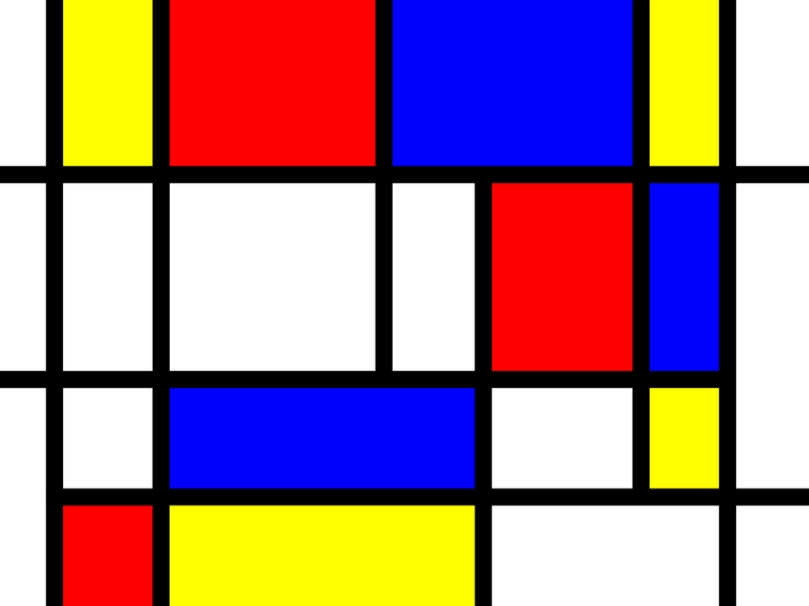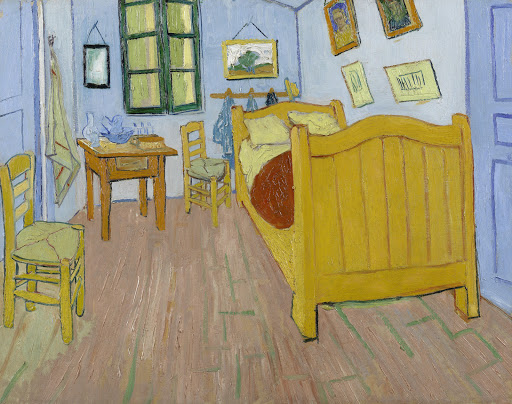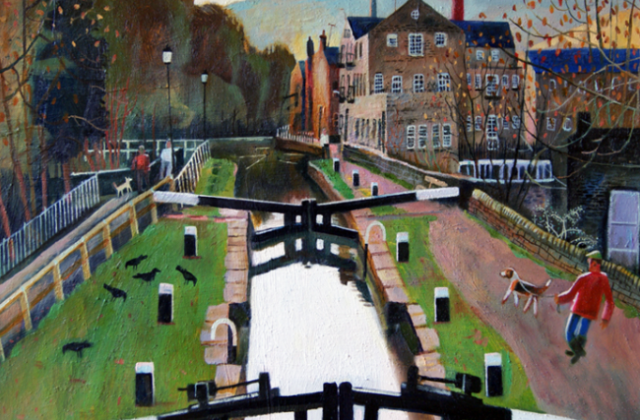One of the ways of including culture and diversity in your lessons very easily is to watch out for the changes in the Google header, the Google doodles.
This is a great way of including content about world activities and celebrations of famous thinkers, writers, artists.
You may have noticed this recent doodle celebrating the life of Pandit Ravi Shankar a musician from India who influenced many Western musicians with his use of the sitar.
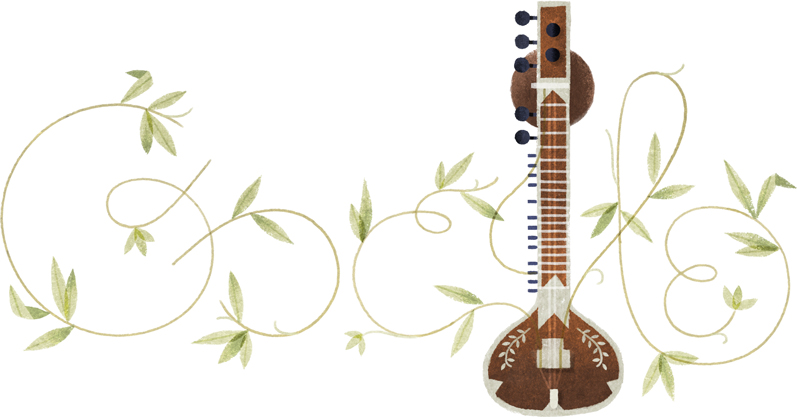
You can even play some of the music to your learners as well when famous musicians are celebrated. Here in this Youtube clip Ravi is playing with his daughter Anoushka in 1997.
If you go to the Google Doodles site you will get a chance to look at doodles appearing in other countries as we only get to see the ones for our ‘home page’.
They also have a, ‘this day in history’ section which you could use as a starter activity for sessions, just getting your learners to think about what has happened both in world events and in their lives on a particular date is a great lesson opener.
You can scroll through to find out what is coming up as well, this coming week there is the celebration of the 306th birthday of the mathematician Leonhard Euler and the 160th anniversary of the first passenger train in India.
As well as being informative the Google Doodles themselves are pieces of art and can range from the very interpretive such as this one celebrating the 125th birthday of artist Amadeo de Souza Cardosa
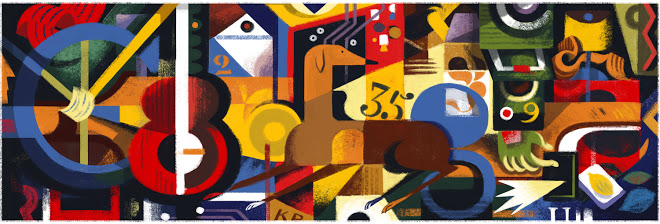
To ones that are part of competitions for design such as this one which won the Google Doodle 4 design competition in 2012 representing India.
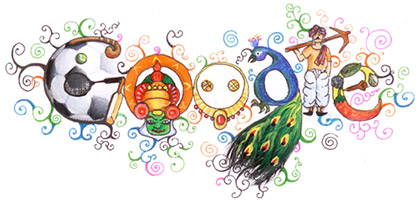
You could get your learners to design their own doodle for something they are interested in or a local event, remember art is a form of Literacy and many learners will respond better to this kind of task than just to write something about an event.
This can also be a good activity to introduce diversity looking at when and how we celebrate national events, this doodle from 2013 marks Nigerian Independence Day.
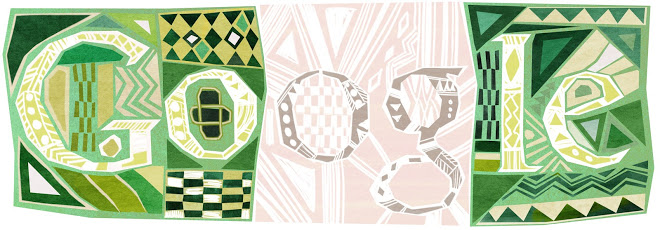
These types of activity still have those important aspects of any Literacy task such as planning and drafting and the discussion of each other’s work is a great speaking and listening activity.
I love this one – does anyone remember learning to count with Count von Count from Sesame Street? This doodle celebrated the 40th anniversary of the programme in 2009.
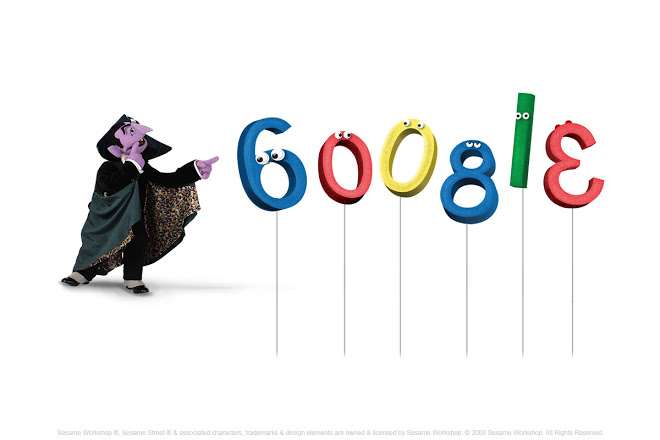 Some of the doodles incorporate animations and games such as the Pinata game for Google’s 15th birthday in 2013 and you can find these on the site as well.
Some of the doodles incorporate animations and games such as the Pinata game for Google’s 15th birthday in 2013 and you can find these on the site as well.
So Google is only 17, how did we manage without it? Answers on a postcard, (not via e-mail), to those of us old enough to remember life without the internet 😉
Happy doodling and thanks for visiting.
